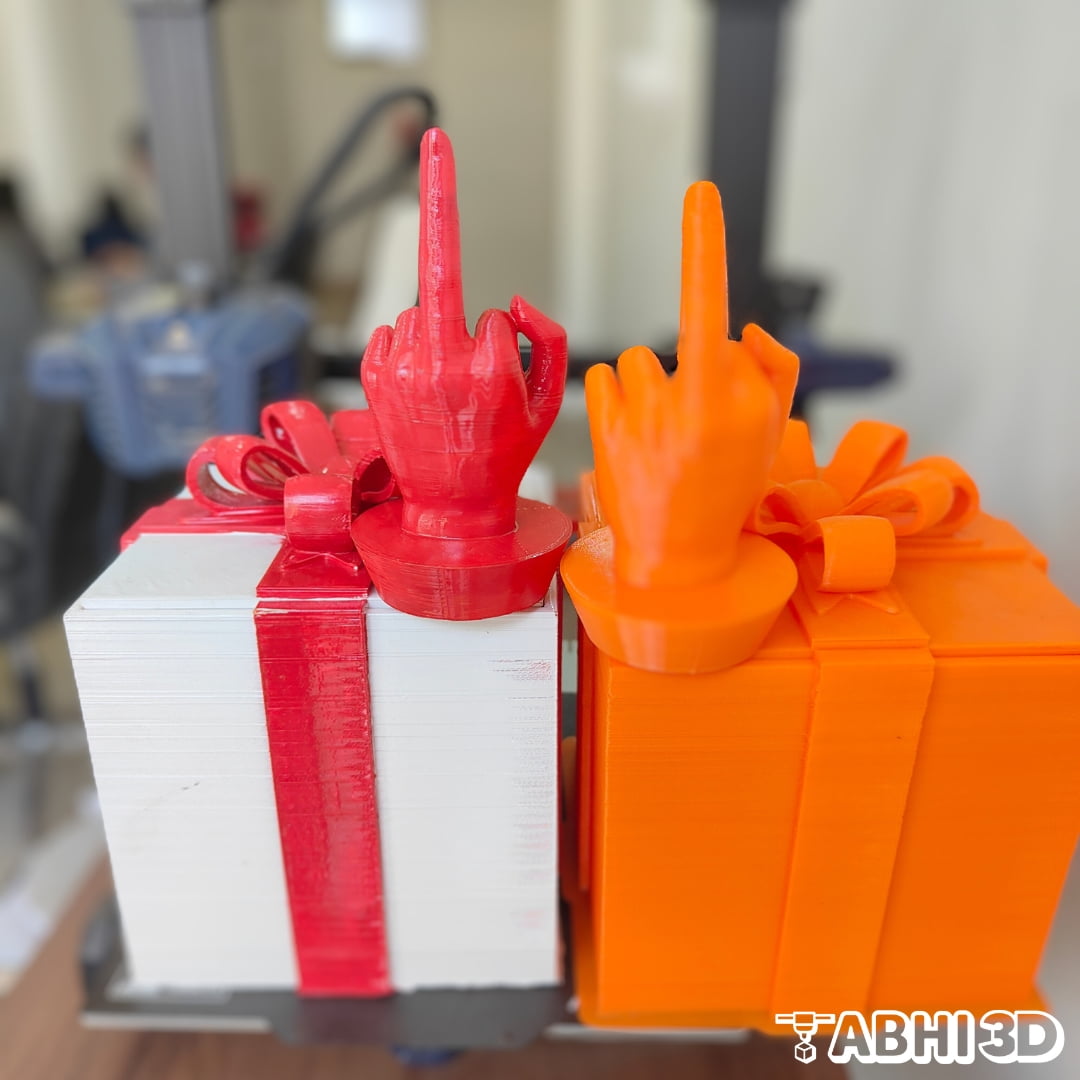100 infill density means that the entire interior of a printed object is filled with material, leaving no empty spaces. This results in a solid and robust object, making it suitable for applications requiring strength. However, it consumes more material, takes longer to print, and may require additional support structures for overhanging parts. The choice of infill percentage should align with your specific project requirements.

Table Of Contents
100 Infill 3D Printer Settings:
Now look at the settings of 100 Infill in Cura slicer. You will find similar kinds of settings in other slicers too.

- Open your 3D modeling or slicing software (e.g., Ultimaker Cura, PrusaSlicer, etc).
- Import your 3D model STL file.
- Access the infill settings, which are usually found in the print settings or slicing options.
- Set the infill density or percentage to 100.
- Adjust any other relevant print settings, such as layer height, print speed, and temperature, to match your specific 3D printer and material.
- Slice your 3D model using the 100 infill setting.
- Load the sliced file onto your 3D printer and start the printing process.
Advantages of Using 100 Infill:
Using 100% infill in 3D printing offers a range of compelling advantages. First and foremost, it ensures maximum structural integrity, making printed objects incredibly robust and durable. Additionally, it results in superior layer adhesion, enhancing the overall quality and finish of the printed item. Now look at its advantages one by one.

Maximum Strength and Durability: The primary advantage of using a 100% infill in 3D printing is that it results in a printed object with the highest possible internal density. This makes the object exceptionally strong and durable, suitable for applications where structural integrity is paramount.
Solid Interior: With 100% infill, there are no empty spaces or voids inside the printed object. This can be essential for specific applications, such as creating load-bearing parts, brackets, or functional prototypes where a solid interior is crucial.
Improved Heat Resistance: Objects printed with 100% infill tend to have better heat resistance, making them suitable for applications involving high temperatures.
Reduced Risk of Delamination: The solid infill structure reduces the risk of layer delamination or separation, which can be a common issue in 3D printing. This results in a more reliable and stable print.
Fine Detail Preservation: When intricate or fine details are present in the 3D model, using 100% infill can help maintain the integrity of those details throughout the entire object.
Disadvantages of Using 100 Infill:
Selecting 100% infill in 3D printing incurs higher material costs, longer print times, increased weight, reduced efficiency, and potential quality problems, making it suitable only for specific strength and density requirements. Here let’s look at it’s disadvantage one by one.

Increased Material Usage: Printing with 100 infill requires a significant amount of material, leading to higher material costs. This can be a disadvantage, especially when using expensive or exotic 3D printing materials.
Longer Printing Time: Filling the entire interior with solid material increases the print time substantially. It can be a time-consuming process, which may not be ideal for those seeking quicker results.
Potential Overkill: Not all 3D printed objects require 100% infill. In many cases, lower infill percentages (e.g., 15% to 30%) can offer a good balance between strength and material efficiency. Using 100% infill when it’s not needed can be wasteful.
Difficulty in Post-Processing: A 100% infill can make it more challenging to post-process the printed object, such as sanding or modifying the interior. Accessing the interior of a solid object can be complicated.
Increased Printer Wear and Tear: Prolonged use of 100% infill settings may lead to increased wear and tear on the 3D printer, as it puts more stress on the printer’s components, including the nozzle and extruder.
Note: Keep in mind that using a 100 infill can significantly increase the amount of time and material required for the print, and it may not always be necessary. It’s often used for specific applications like functional prototypes, objects that need to be incredibly strong, or when a completely solid interior is required for a particular purpose.
100 Infill Some Important Use Case Example:
100% infill in 3D printing offers versatility across industries, benefiting functional prototypes for accurate testing, tooling for manufacturing durability, end-use parts for strength, and applications in dentistry, art, mold making, medicine, aerospace, architecture, and electronics. It enhances precision and structural integrity.

- Functional Prototypes: When creating prototypes for functional testing, 100% infill ensures that the printed part closely mimics the properties of the final product, making it ideal for accurate testing and validation.
- Tooling and Jigs: 3D-printed tools, jigs, and fixtures used in manufacturing often benefit from 100% infill to withstand repeated use and maintain dimensional stability.
- Dental Models: In dentistry, 3D printing is used to create highly accurate dental models and surgical guides. 100 infill is often used to achieve precision and strength in these applications.
- Art and Sculptures: Artists and sculptors might use 100 infill to create solid and intricate 3D-printed sculptures that do not have hollow sections and are visually appealing.
- Mold Making: For creating molds for casting and resin-based manufacturing processes, 100 infill ensures a robust and dimensionally stable mold.
- Medical Implants: In the medical field, 3D-printed implants, such as custom prosthetics or orthopedic implants, often require 100 infill to guarantee strength and safety.
- Aerospace Components: Certain critical components in aerospace applications, like lightweight structural parts, may use 100 infill to meet stringent strength and safety standards.
- Housings and Enclosures: For electronic devices and equipment, 100 solid infill can enhance the rigidity and protection provided by 3D-printed housings and enclosures.
100 infill in 3D printing offers exceptional strength and durability, making it suitable for specific applications. However, it comes with disadvantages like increased material usage and longer printing times.







